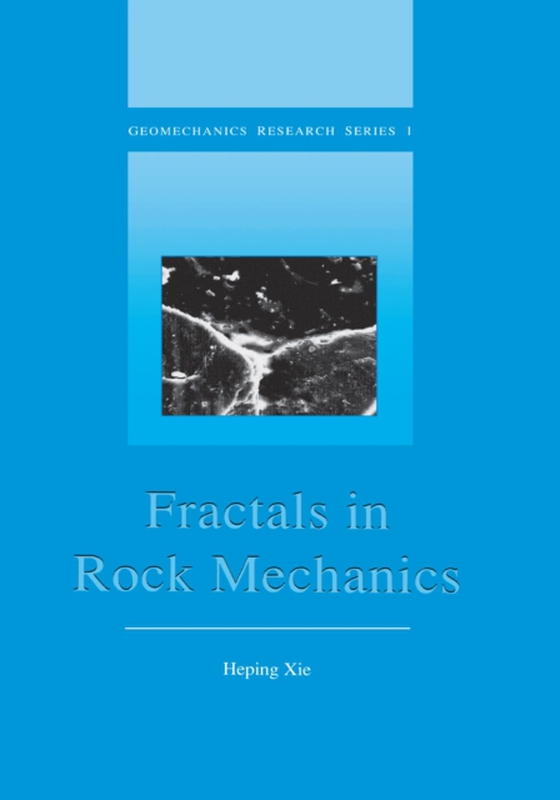
Fractals in Rock Mechanics e-bog
2190,77 DKK
(inkl. moms 2738,46 DKK)
Important developments in the progress of the theory of rock mechanics during recent years are based on fractals and damage mechanics. The concept of fractals has proved to be a useful way of describing the statistics of naturally occurring geometrics. Natural objects, from mountains and coastlines to clouds and forests, are found to have boundaries best described as fractals. Fluid flow throug...
E-bog
2190,77 DKK
Forlag
CRC Press
Udgivet
17 december 2020
Længde
464 sider
Genrer
PBMX
Sprog
English
Format
epub
Beskyttelse
LCP
ISBN
9781000150346
Important developments in the progress of the theory of rock mechanics during recent years are based on fractals and damage mechanics. The concept of fractals has proved to be a useful way of describing the statistics of naturally occurring geometrics. Natural objects, from mountains and coastlines to clouds and forests, are found to have boundaries best described as fractals. Fluid flow through jointed rock masses and clusterings of earthquakes are found to follow fractal patterns in time and space. Fracturing in rocks at all scales, from the microscale (microcracks) to the continental scale (megafaults), can lead to fractal structures. The process of diagenesis and pore geometry of sedimentary rock can be quantitatively described by fractals, etc.The book is mainly concerned with these developments, as related to fractal descriptions of fragmentations, damage and fracture of rocks, rock burst, joint roughness, rock porosity and permeability, rock grain growth, rock and soil particles, shear slips, fluid flow through jointed rocks, faults, earthquake clustering, and so on. The prime concerns of the book are to give a simple account of the basic concepts, methods of fractal geometry, and their applications to rock mechanics, geology, and seismology, and also to discuss damage mechanics of rocks and its application to mining engineering.The book can be used as a textbook for graduate students, by university teachers to prepare courses and seminars, and by active scientists who want to become familiar with a fascinating new field.
 Dansk
Dansk

